Physics 101: Free Fall
A free-falling object is an object that is falling under the sole influence of gravity. In this episode, host Dianna Cowern tackles the concept of free fall and works through three related word problems. Part of the "Physics 101" series.
Media Details
Runtime: 22 minutes 45 seconds
- Topic: Mathematics, Science
- Subtopic: Mathematics, Physics, Science Methods
- Grade/Interest Level: 10 - 12
- Standards:
- Release Year: 2020
- Producer/Distributor: Physics Girl
- Series: Physics 101
- Report a Problem
Related Media
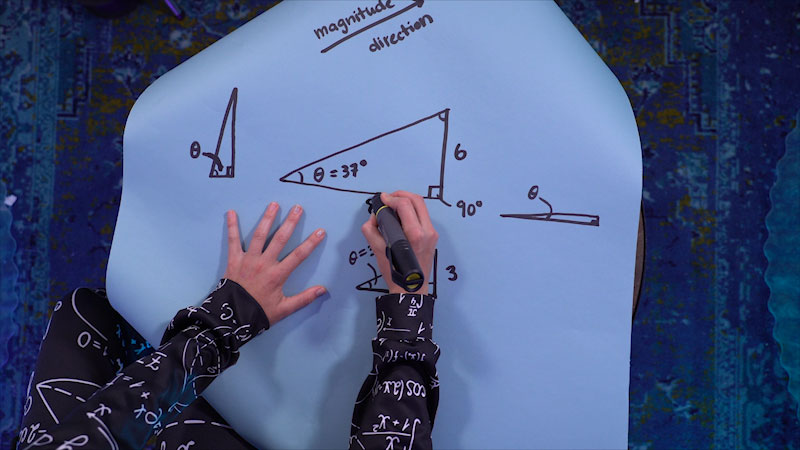
Physics 101
Episode 0
12 minutes 30 seconds
Grade Level: 10 - 12
Physics 101
Episode 0
12 minutes 30 seconds
Grade Level: 10 - 12
Physics 101: Trig Review for Physics

Physics 101
Episode 1
23 minutes 53 seconds
Grade Level: 10 - 12
Physics 101
Episode 1
23 minutes 53 seconds
Grade Level: 10 - 12
Physics 101: 1D Motion & Kinematics
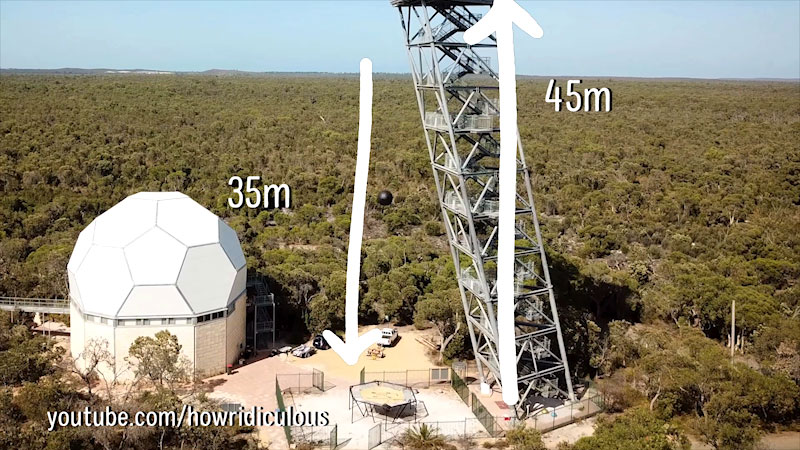
Physics 101
Episode 2
22 minutes 45 seconds
Grade Level: 10 - 12
Physics 101
Episode 2
22 minutes 45 seconds
Grade Level: 10 - 12
Physics 101: Free Fall
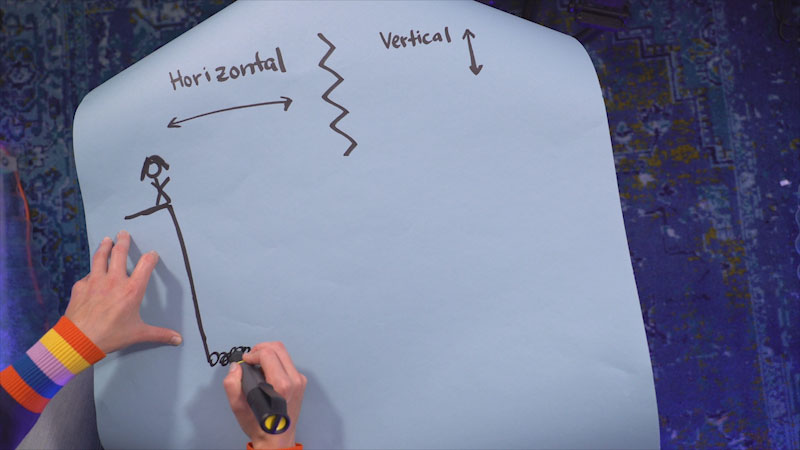
Physics 101
Episode 3
22 minutes 53 seconds
Grade Level: 10 - 12
Physics 101
Episode 3
22 minutes 53 seconds
Grade Level: 10 - 12
Physics 101: 2D Motion
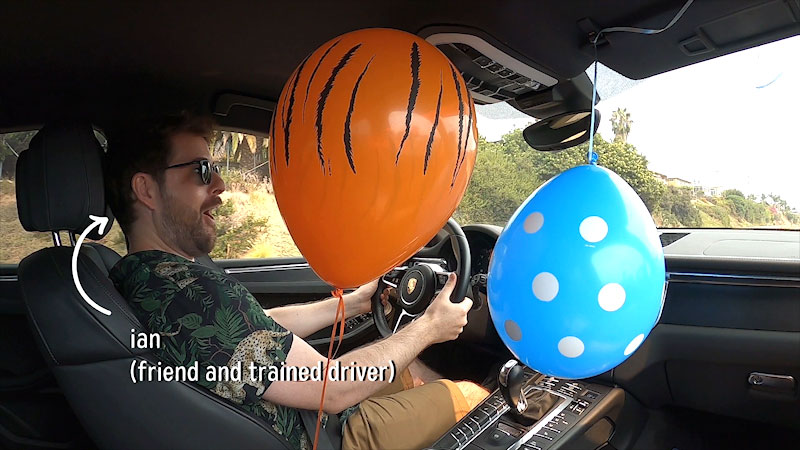
Physics 101
Episode 4
23 minutes 6 seconds
Grade Level: 10 - 12
Physics 101
Episode 4
23 minutes 6 seconds
Grade Level: 10 - 12
Physics 101: Newton's Laws of Motion
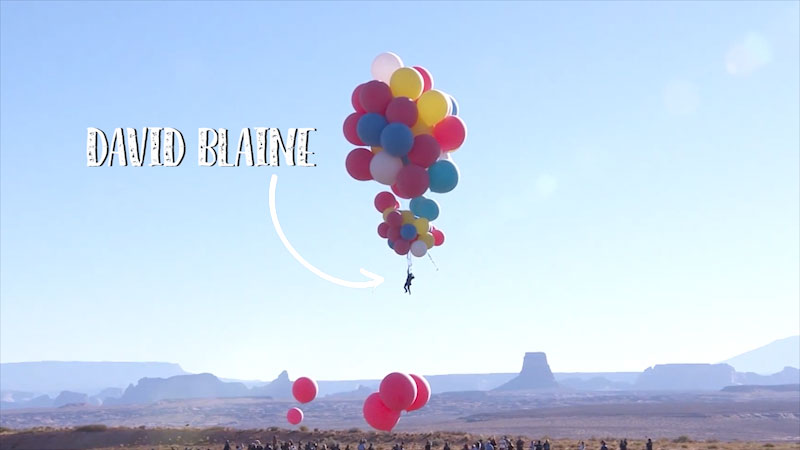
Physics 101
Episode 5
24 minutes 34 seconds
Grade Level: 10 - 12
Physics 101
Episode 5
24 minutes 34 seconds
Grade Level: 10 - 12
Physics 101: Free Body Diagrams
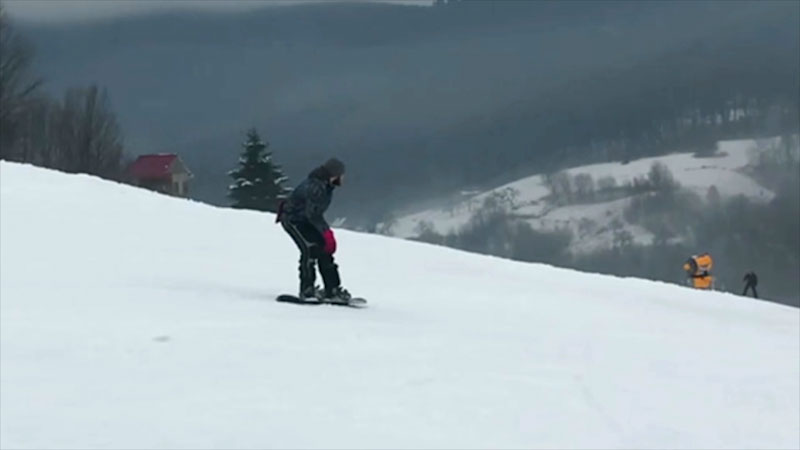
Physics 101
Episode 6
20 minutes 24 seconds
Grade Level: 10 - 12
Physics 101
Episode 6
20 minutes 24 seconds
Grade Level: 10 - 12
Physics 101: Friction
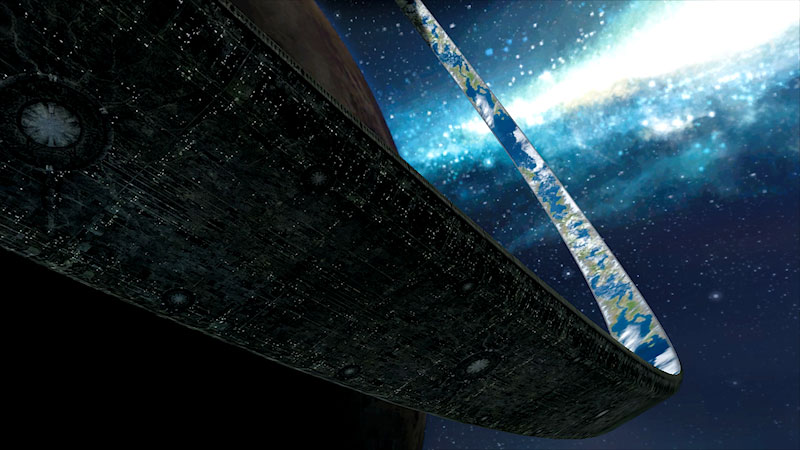
Physics 101
Episode 7
25 minutes 48 seconds
Grade Level: 10 - 12
Physics 101
Episode 7
25 minutes 48 seconds
Grade Level: 10 - 12
Physics 101: Circular Motion
Recently Added

Physics 101
Episode 8
25 minutes 58 seconds
Grade Level: 10 - 12
Physics 101
Episode 8
25 minutes 58 seconds
Grade Level: 10 - 12
Physics 101: Gravity and Orbits
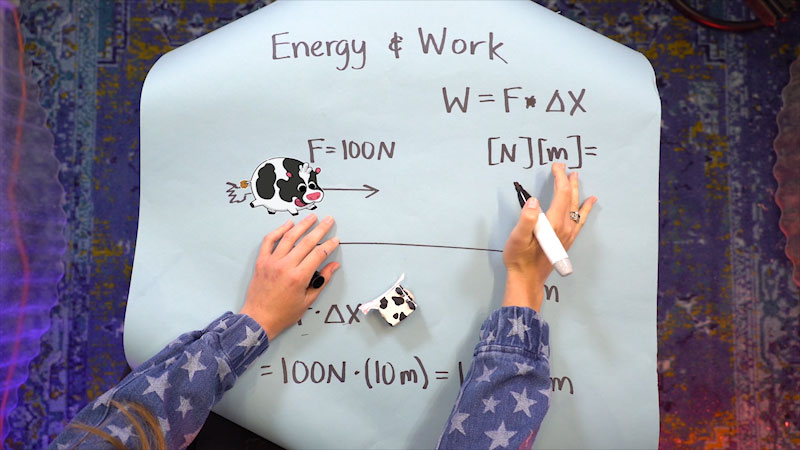
Physics 101
Episode 9
28 minutes 3 seconds
Grade Level: 10 - 12
Physics 101
Episode 9
28 minutes 3 seconds
Grade Level: 10 - 12
Physics 101: Energy and Work
